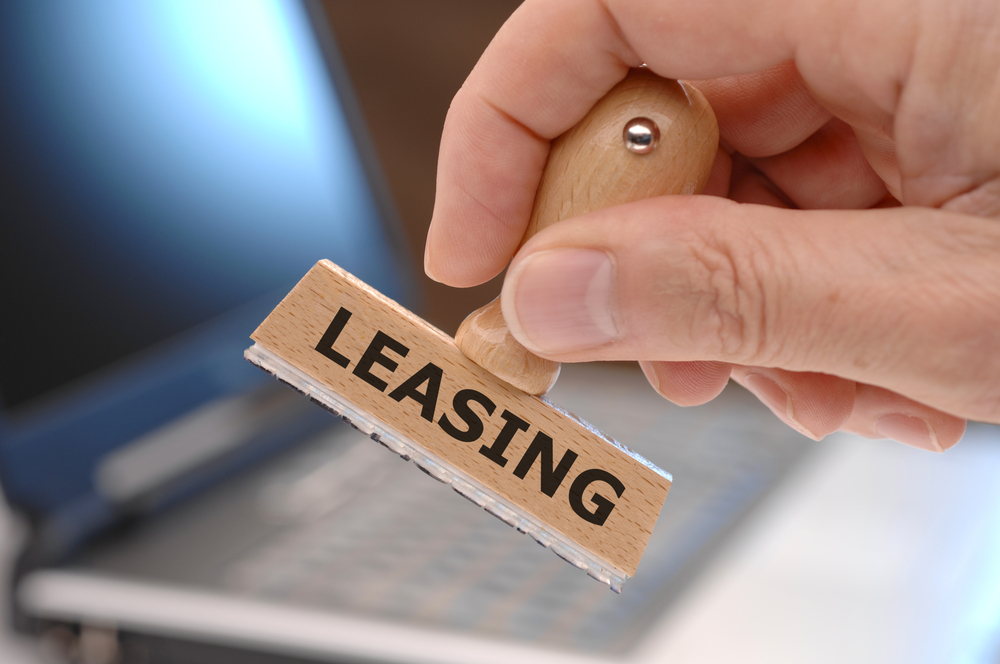Is your organization preparing for ASC 842? It’s been a long time coming but now it’s here. The key questions remain: (1) How are you going to transition to it? (2) Do you have an infrastructure in place? and, more importantly, (3) What (if anything) does it change?
EFFECTIVELY TRANSITIONING TO ASC 842
Is your organization preparing for ASC 842? It’s been a long time coming but now it’s here. The key questions remain: (1) How are you going to transition to it? (2) Do you have an infrastructure in place? and, more importantly, (3) What (if anything) does it change? The following will provide some thoughts on this transition and concepts to be cognizant of moving forward. Like everything else, planning, research, and the right team always make for the best outcome.
JANUARY 1, 2022
For Private Companies & NFP Organizations, the deadline for conversion to ASC 842 is the fiscal year beginning after December 15, 2021.
What is ASC 842?
ACS 842 is a new lease accounting standard that includes real estate, technology (cloud), vehicles, equipment, furniture, “embedded leases” and more.
Bottom Line: This change brings operating leases onto the balance sheet to create greater transparency in financial reporting.
KEY CONCERNS:
- Data Collection: This change creates the need for a process to collect, abstract & analyze all the lease data from contracts across all departments. (This can be resource-intensive, requiring significant effort & manpower.)
- Data Management: Once you have the data compiled, where does it go and how is it synthesized? Is this a one-time or ongoing effort? (Likely creates the need for a central software system / repository.)
- Calculations and Reporting: Calculating the necessary changes and ensuring proper reporting is critical. (This can be a complex process, software to assist in the process is likely justified and can be bundled with the data management aspects.)
- Loan Covenants / Lines of Credit: Although this transition has been a long time in the making, the extent of the impacts can be significant and should be identified and addressed. (Evaluate the impact on ratios, covenants, metrics, and reporting.)
- Operational Strategy: What changes in operations now need to take place? (Internal processes, procedures, business unit alignment, and liability playbook all need to be modified moving forward.)
THOUGHTS*:
As you can see, there are so many financial, procedural, operational, and strategic issues associated with this conversion. (Data collection, data gaps, identification of leases, and embedded leases.) Given all the complexities and impacts, here are some thoughts to explore:
“HYBRID” / “WORK-FROM-HOME”:
One meaningful way to reduce lease liabilities on the balance sheet is simply to have less square footage, fewer leases, fewer locations. The more hybrid environments become the norm, the greater the likelihood this approach could be of value. Read more about the viability of work-from-home as a possible long-term solution.
MANAGED CLOUD:
Think carefully and consult professionals before entering into data center or cloud contracts moving forward. There are certain types of arrangements that can be considered “embedded leases” and certain arrangements that might not be. As you look to change or expand your cloud platform, think this through and plan accordingly. Read more about our IT investment and cloud migration services.
CONSOLIDATION:
Again, this could be a good time to look at consolidation to reduce liabilities. As remote working takes hold, could certain offices be regionalized? If you’re active with M&A activities, could this be factored into the upfront strategy of an acquisition?
SHORTER-TERM RENEWALS:
Instead of long-term lease or contract renewals, with accompanying renewal options, perhaps rethink a shorter-term renewal strategy that not only allows for the same functional performance but also mitigates the liability impacts.
DUE DILIGENCE:
Identify non-core liabilities, unused/underutilized leases/contracts, reduce expenses, renegotiate leases/contracts where possible, and gain a better handle on all expenses. Read more about our M&A Due Diligence consultancy services.
CONCLUSIONS:
- This will be a cross-functional team effort including finance, legal, facilities, technology, real estate, and operations.
- Don’t underestimate the effort, time, and infrastructure required to adapt to this complex set of accounting and lease/contract management changes.
- Strategies can be formulated to deal with the new change once all the issues have been identified and vetted thoroughly.
* THE INFORMATION PROVIDED HEREIN DOES NOT, AND IS NOT INTENDED TO, CONSTITUTE FINANCIAL, TAX OR LEGAL ADVICE; INSTEAD, ALL INFORMATION AND CONTENT IN THIS DOCUMENT AND ON THIS SITE ARE FOR GENERAL INFORMATIONAL PURPOSES ONLY. INFORMATION PROVIDED MAY NOT CONSTITUTE THE MOST UP-TO-DATE INFORMATION. P&M ADVISORS LLC ASSUMES NO RESPONSIBILITY OR LIABILITY FOR ANY ERRORS OR OMISSIONS IN THE CONTENT OF THIS SITE. THE INFORMATION CONTAINED IN THIS SITE IS PROVIDED ON AN “AS IS” BASIS WITH NO GUARANTEES OF COMPLETENESS, ACCURACY, USEFULNESS OR TIMELINESS. YOU SHOULD NOT ACT OR REFRAIN FROM ACTING ON THE BASIS OF ANY CONTENT INCLUDED IN THIS SITE WITHOUT SEEKING PROFESSIONAL ADVICE.

